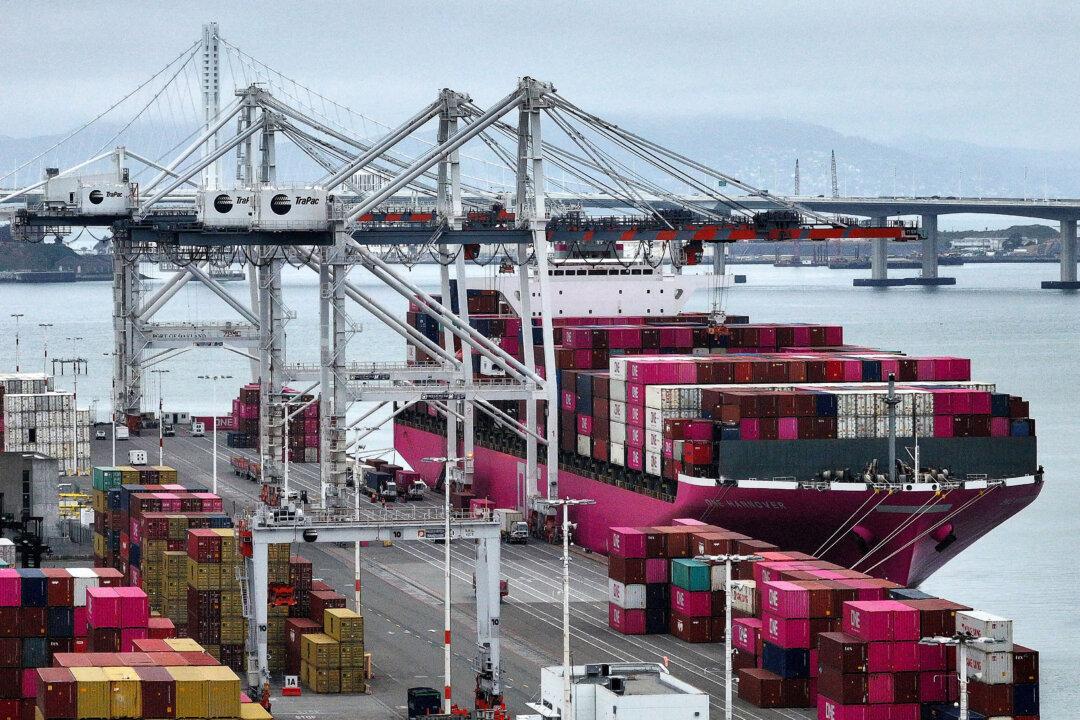California homeowners hoping to get a break on their home insurance premiums any time soon might be waiting a while longer.
The 17 percent rate was chosen to balance protections for the consumer and financial stability for the company, he said. The rate increase remains temporary and subject to further review.
State Farm’s emergency rate increase will take effect June 1, and a full rate hearing will be scheduled in the future by the judge.
Lara said in a statement that California is “in a statewide insurance crisis, affecting millions of Californians.”
Rates Expected to Continue Rising
Home insurance costs in the state will likely continue to increase for the next 10 to 20 years, Michael Wara, director of the Stanford University Climate and Energy Policy Program, predicted during a recent panel in Sacramento called “Strengthening California’s Insurance Market: Expanding Access and Stability,” hosted by the Center for California Real Estate (CCRE).Wara said the industry should be honest with people about the likelihood that they will face increasing insurance costs for the foreseeable future.
Panelist David Russell, director of the California State University–Northridge Center for Risk Management and Insurance, told homeowners to expect rising premium costs statewide and said that areas with a lower risk of fires and other disasters will need to subsidize areas with greater risk.
“In high-risk areas, to be able to afford to insure, they’re going to have to raise the premium on someone else,” he said during the panel. “We have a cost-sharing issue.”
The FAIR Plan’s risk exposure increased from $50 billion in 2018 to $458 billion in September 2024, according to the plan.
Established in 1968, the California FAIR Plan is a fire insurance program funded by insurance companies operating in the state that provides basic coverage for high-risk property owners who are unable to obtain insurance in the regular insurance market.
In order to provide better overall coverage throughout the state, the FAIR Plan should be depopulated by moving policyholders to other insurance companies, said John Norwood, chief lobbyist for the Independent Insurance Agents and Brokers of California.
Reducing Insurance Risk in California
The CCRE panelists pointed towards a need to reduce risk in order to support the California insurance market.Wara, for instance, called for government and insurance incentives to promote “home hardening”—that is, to safeguard homes against wildfire threats.
Norwood believes home hardening regulations need to be implemented by the state.
“Right now, the insurance commissioner has the ‘safer from fire’ regulations, that require companies to provide discounts for home hardening. But you really can’t provide discounts when your rates aren’t adequate, and hopefully when rates do achieve adequacy, companies [will] recognize home hardening and community hardening,” he said.







